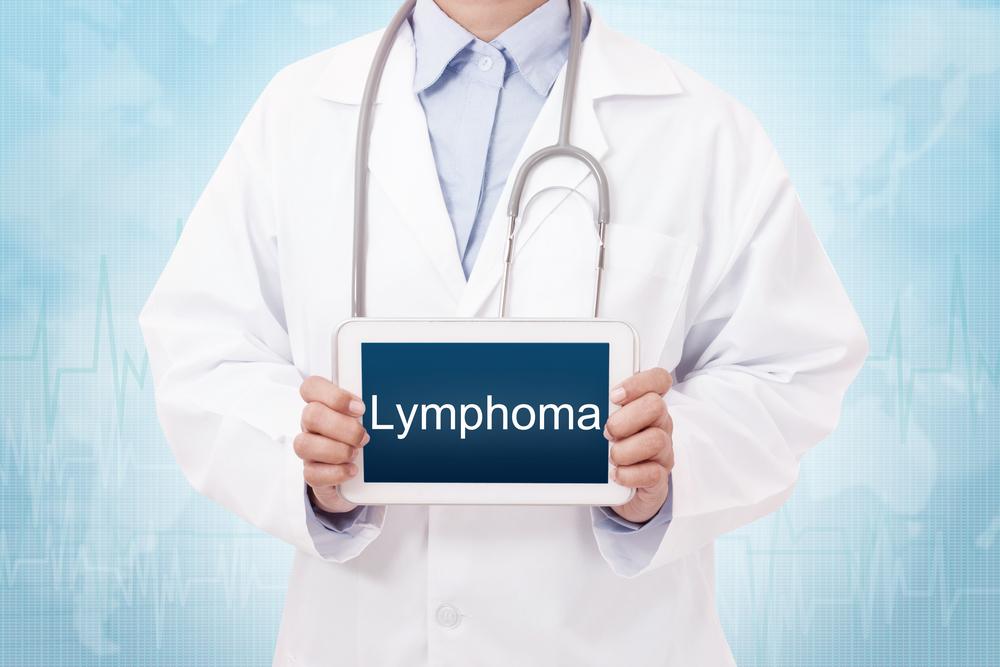
Factors that may Develop Non-Hodgkin’s Lymphoma
Non-Hodgkin’s lymphoma develops when the DNA present in the cells of the immune system, known as lymphocytes changes or mutations, disables the ability to take control of the division and growth of the cells. There are some cases where the cells that are mutated begin to grow out of control which in turn crowd the healthy cells present in the lymphatic system and reduces the ability of the body to fight any infections.
Although the actual causes of non-Hodgkin’s lymphoma are unknown, the risk of developing the condition increases with age. When an individual is exposed to certain chemicals and pesticides, the risk of developing non-Hodgkin’s lymphoma can increase. There is research that is being conducted at the moment to get to the bottom of this disease and know about its exact cause.
The development and causes of non-Hodgkin’s lymphoma have several other risk factors associated with it, including the following:
1. Conditions affecting immune system
Individuals may be at a greater risk of developing non-Hodgkin’s lymphoma if they suffer from conditions or diseases that affect their immune system or have received treatments for those diseases or conditions.
These conditions are infections and viruses like helicobacter pylori infection, HIV/AIDS, human T-cell leukemia or lymphoma virus, hepatitis C virus, Epstein-Barr virus, and human herpesvirus 8. They also include autoimmune conditions like celiac diseases, lupus, and rheumatoid arthritis and immune disorders that are inherited, like Wiskott-Aldrich syndrome.
2. Medications
There are certain treatments and medications that increase the chances of a person to suffer from non-Hodgkin’s lymphoma and make them susceptible to the condition. These medications usually include TNF inhibitors for rheumatoid arthritis or methotrexate.
3. Cancer treatments
The treatments for cancer, such as chemotherapy and radiation therapy can also lead to the development of non-Hodgkin’s lymphoma in a person. Immunosuppressant medications that are given for the treatment of those individuals who have undergone an organ transplant can also increase the chances of developing non-Hodgkin’s lymphoma.
3. Age and gender
When an individual begins to age, the possibility of being diagnosed with non-Hodgkin’s lymphoma tends to increase. Usually, it is observed that this disease develops in a person when they have crossed the age of 60. A huge percent of cases of non-Hodgkin’s lymphoma is found to occur in people who are above the age of 55.
As compared to females, it has been observed that males are at a greater risk of developing non-Hodgkin’s lymphoma.
4. Exposure to chemicals
Individuals, who are exposed a lot to specific kinds of chemicals such as insecticides, herbicides, fertilizers, and pesticides, are the ones who are at a higher risk of developing non-Hodgkin’s lymphoma. This, however, still needs a significant amount of backing from research and statistical numbers. The risk of developing this condition will also increase when a person is exposed to radiation from industrial or nuclear sources.
5. Diet
There are researches that are being conducted that show a link between high-fat diet and obesity, and the development of non-Hodgkin’s lymphoma. There are studies that have proved that a healthy diet that is full of vegetables and fruits can bring down the risk of developing non-Hodgkin’s lymphoma.



